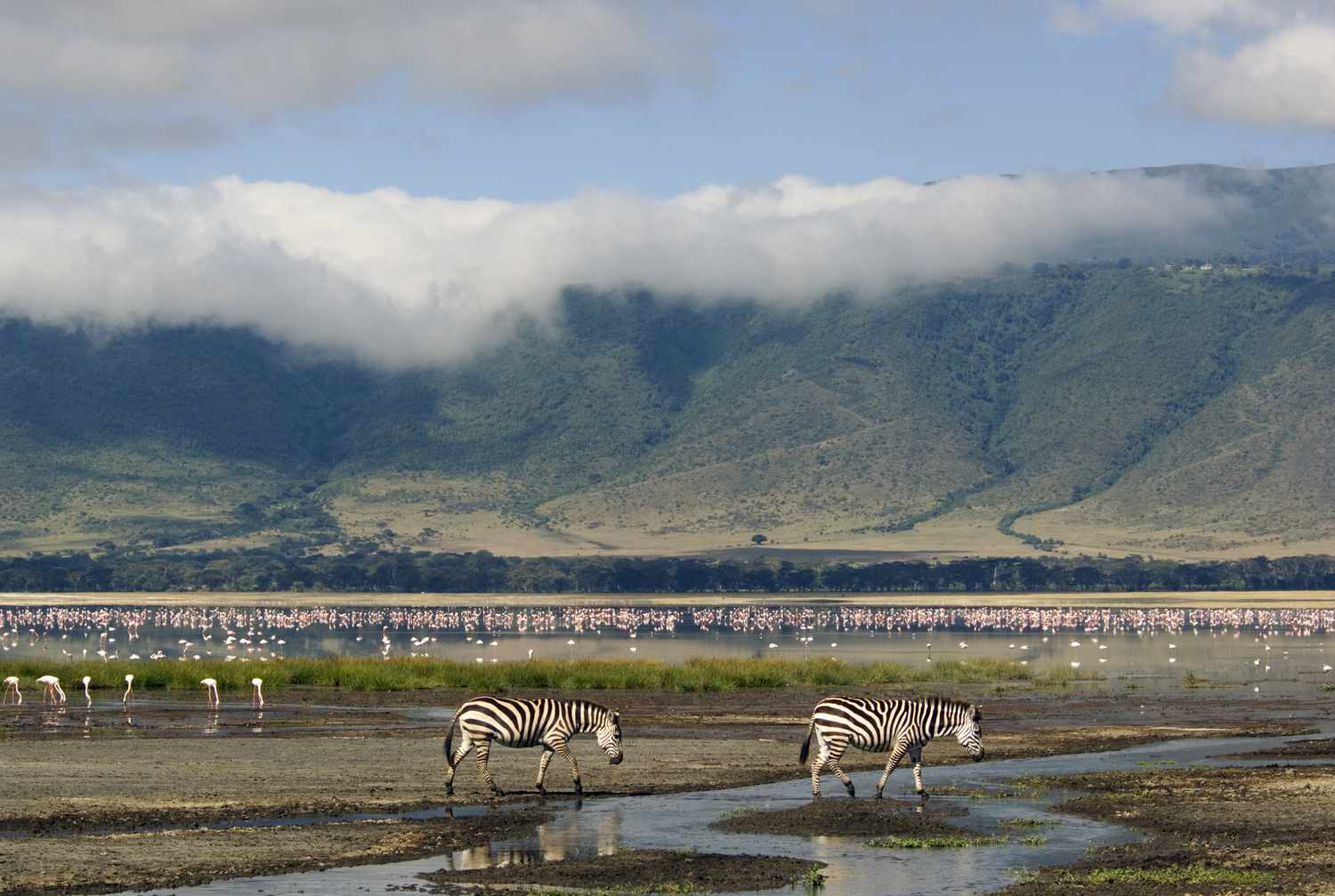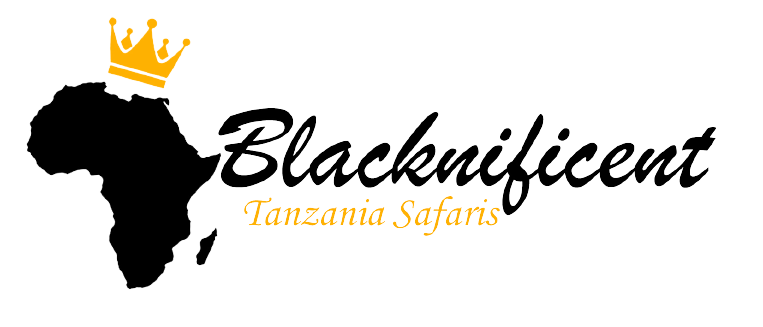
The Ngorongoro Conservation Area is a protected region in Tanzania, East Africa, known for its exceptional biodiversity and stunning natural landscapes. Its primary purpose is to conserve the area’s unique ecosystems, wildlife, and cultural heritage while also allowing for limited human activities, including tourism and traditional Maasai pastoralism.
Overall, the Ngorongoro Conservation Area represents a harmonious blend of conservation efforts, cultural preservation, and responsible tourism within a designated and protected geographical region.
About Ngorongoro Conservation Area
The history of the Ngorongoro Conservation Area is rich and intertwined with the cultural and natural heritage of Tanzania. Here’s a brief overview of its history:
Ancient Inhabitants: The Ngorongoro Conservation Area has a long history of human habitation. The area has been home to various indigenous communities, including the Maasai people, for centuries. The Maasai have traditionally grazed their livestock in the region alongside wildlife.
Colonial Era: During the colonial period, which began in the late 19th century, European settlers and colonial authorities began to exert control over various parts of East Africa, including what is now Tanzania. This led to changes in land use and introduced the concept of conservation.
Wildlife Conservation: In the early 20th century, there was growing recognition of the need to protect the unique ecosystems and wildlife of East Africa. Efforts were made to establish protected areas, including Serengeti National Park, which is adjacent to the Ngorongoro Conservation Area.
Ngorongoro Game Reserve: In 1951, the British colonial government established the Ngorongoro Game Reserve, covering an area that included the Ngorongoro Crater and the surrounding highlands. This move was aimed at conserving wildlife and providing a space for sustainable tourism.
Independence and Conservation Area Status: After Tanzania gained independence from British colonial rule in 1961, efforts were made to reconcile the needs of conservation with those of local communities. In 1968, the Ngorongoro Conservation Area Authority (NCAA) was established by an Act of Parliament, and the Ngorongoro Conservation Area was officially declared. This innovative model allowed for a multiple land use approach, which recognized the rights of the Maasai people to continue their traditional livestock grazing in the area while also conserving wildlife.
UNESCO World Heritage Site: In 1979, the Ngorongoro Conservation Area was designated as a UNESCO World Heritage Site due to its outstanding natural and cultural values. This recognition further solidified its status as a globally significant conservation area.
Tourism Development: Over the years, tourism has grown to become a vital source of revenue for the Ngorongoro Conservation Area. The region’s stunning landscapes and abundant wildlife attract visitors from all over the world, contributing to both conservation efforts and the local economy.
Challenges and Conservation: While the Ngorongoro Conservation Area has been successful in balancing the needs of wildlife conservation and local communities, it also faces challenges such as habitat degradation, human-wildlife conflicts, and the sustainable management of tourism to minimize its impact on the environment.
The Ngorongoro Conservation Area stands as a unique and innovative conservation model that combines the preservation of biodiversity with the protection of the cultural heritage and livelihoods of the Maasai people. It remains one of the most iconic and important conservation areas in Africa.
Tips to consider when planning your visit Ngorongoro Conservation Area:
Season and Timing:
- The dry season (from June to October) is the best time for wildlife viewing as animals gather around water sources, making them easier to spot.
- November to May is the wet season, which can result in lush landscapes but may make wildlife sightings more challenging.
Accommodation Booking:
- Reserve your accommodation well in advance, especially if you plan to stay in the conservation area or nearby lodges and camps. Accommodations can fill up quickly, especially during peak tourist seasons.
Guided Safari:
- It’s highly recommended to go on a guided safari with a reputable tour operator or guide. They have local knowledge and experience in navigating the park, ensuring you get the most out of your visit.
Park Fees and Permits:
- Be prepared to pay park fees, which help support conservation efforts in the area. Fees can vary depending on your nationality and the duration of your visit.
- Obtain any necessary permits for activities such as walking safaris, trekking, or camping within the conservation area.
Wildlife Viewing:
- The Ngorongoro Crater is a prime wildlife viewing location. Be patient and keep your eyes peeled for the “Big Five” and other animals.
- Respect wildlife and maintain a safe distance. Do not approach or feed animals.
Pack Essentials:
- Bring appropriate clothing for varying weather conditions. Layering is a good strategy as temperatures can vary from cool mornings to hot afternoons.
- Binoculars and a good camera with a telephoto lens are essential for wildlife photography.
- Don’t forget sunscreen, a wide-brimmed hat, and insect repellent.
Cultural Sensitivity:
- If you plan to interact with the local Maasai communities, be respectful of their customs and traditions. Ask for permission before taking photos of individuals.
Safety:
- Follow safety guidelines provided by your guide or the park authorities, especially when on walking safaris or trekking.
- Be aware of the high altitudes if you’re trekking in the highlands.
Environmental Responsibility:
- Practice responsible tourism by minimizing your environmental impact. Dispose of waste properly and avoid disturbing the natural surroundings.
- Respect park regulations, including designated camping areas and speed limits.
Health Precautions:
- Check with your healthcare provider about necessary vaccinations and health precautions for Tanzania.
- Carry necessary medications and first-aid supplies.
Travel Insurance:
- Consider purchasing comprehensive travel insurance that covers medical emergencies, trip cancellations, and other unforeseen events.
Research and Plan Ahead:
- Research the specific attractions and activities you want to experience within the conservation area and plan your itinerary accordingly.
Remember that the Ngorongoro Conservation Area is a protected natural and cultural treasure. By following these tips and being respectful of the environment and local communities, you can have a safe and memorable visit while contributing to the conservation efforts of this remarkable area.

Lake Magadi: Within the Ngorongoro Conservation Area, you can find Lake Magadi, a highly alkaline lake located in the southwestern part of the Ngorongoro Crater. What makes Lake Magadi interesting is its striking pink hue, which is caused by the presence of large populations of flamingos. The lake’s alkaline waters are rich in minerals and attract these elegant birds, creating a mesmerizing and colorful spectacle. It’s a popular spot for birdwatchers and photographers, and it adds to the area’s unique charm and biodiversity.

